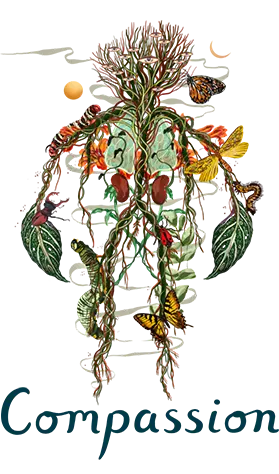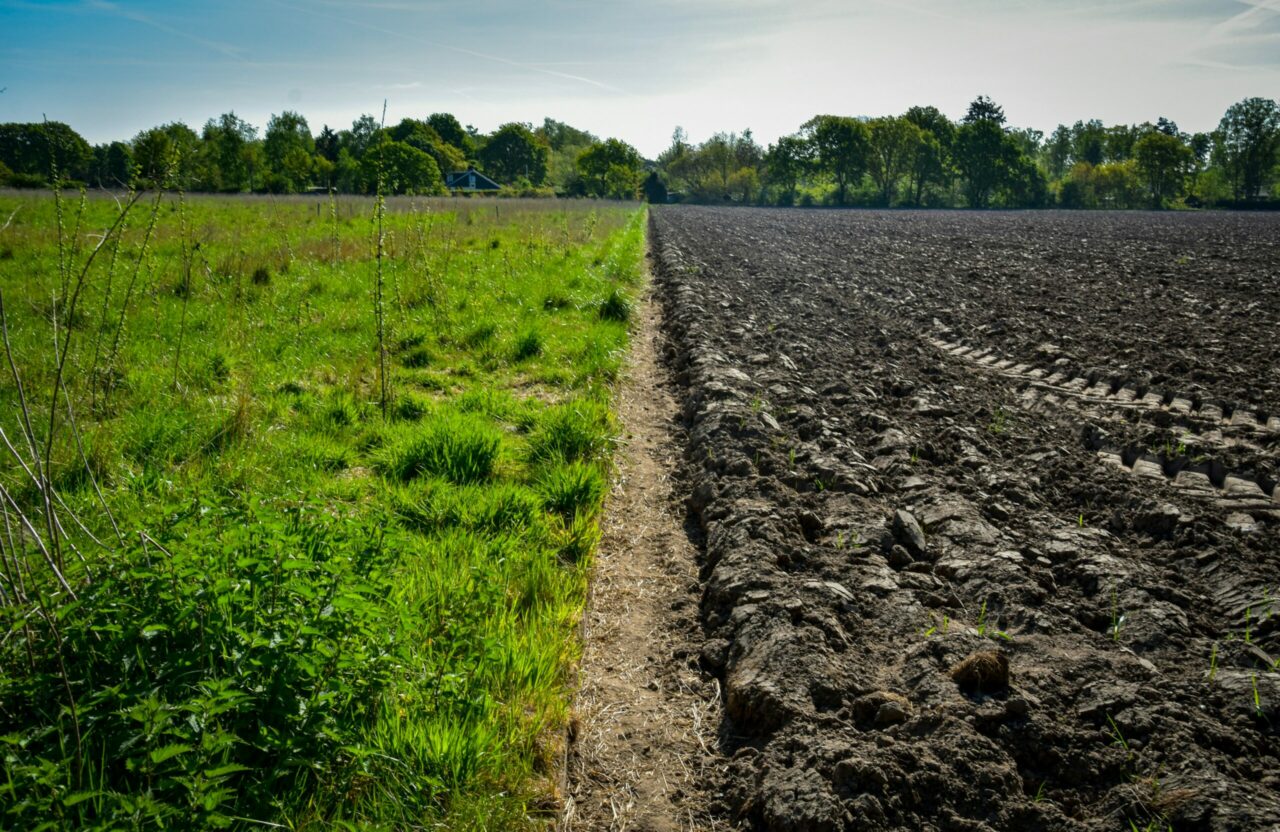
A quick guide to Regenerative Agriculture

When we sat down for a chat with ReWild Yourself Champion and Regenerative Systems thinker, Kai Njeri, she mentioned her interest and work in regenerative agriculture. It is a term that is being used a lot these days, as we look for ways to make our food system more resilient, reliable, less environmentally damaging, and potentially even climate positive. Yet, the principles, in many ways, are back to basics, more traditional farming practices, or ultimately mirroring natural systems.
So, inspired by Kai and her work around regenerative farming, especially edible forests, we thought we would create a handy short guide.
You can watch more of our lovely interview with Kai here, or watch a clip below, where she explains the concept of regenerative culture and the way that the various strands of her work are linked. In it she also discusses her interest and work on seed sovereignty, which we created another explainer for here.
Disclaimer: I’m not an expert, just an enthusiast, so this is not designed to be comprehensive. Hopefully it will inspire further reading.
By David Urry
What is regenerative agriculture?
The term, ‘regenerative agriculture’ is thrown around as a bit of a buzzword these days, a bit of a catch-all for any vaguely climate friendly, or ecologically positive farming. Like the term ‘sustainable’, there is a risk that it becomes overused, misused, ubiquitous and appropriated, resulting in its true meaning is lost. Though it is there is no formal definition, with specific parameters, like ‘organic’ certification, the approach is defined by some clear principles, which are worth reminding ourselves of.
The ‘regenerative’ bit, refers to how farming practices should, in theory, improve the quality of the soil, increase biodiversity, carbon sequestration, animal health and well-being. Instead of aiming for maximum productivity, often at the expense of the environment, it emphasises the four R’s, renewal, recovery, replacement and repair of ecosystems. But that doesn’t mean they can’t also be productive. Some have in fact made an argument for increased productivity and yields with regenerative approaches, certainly in the long term.
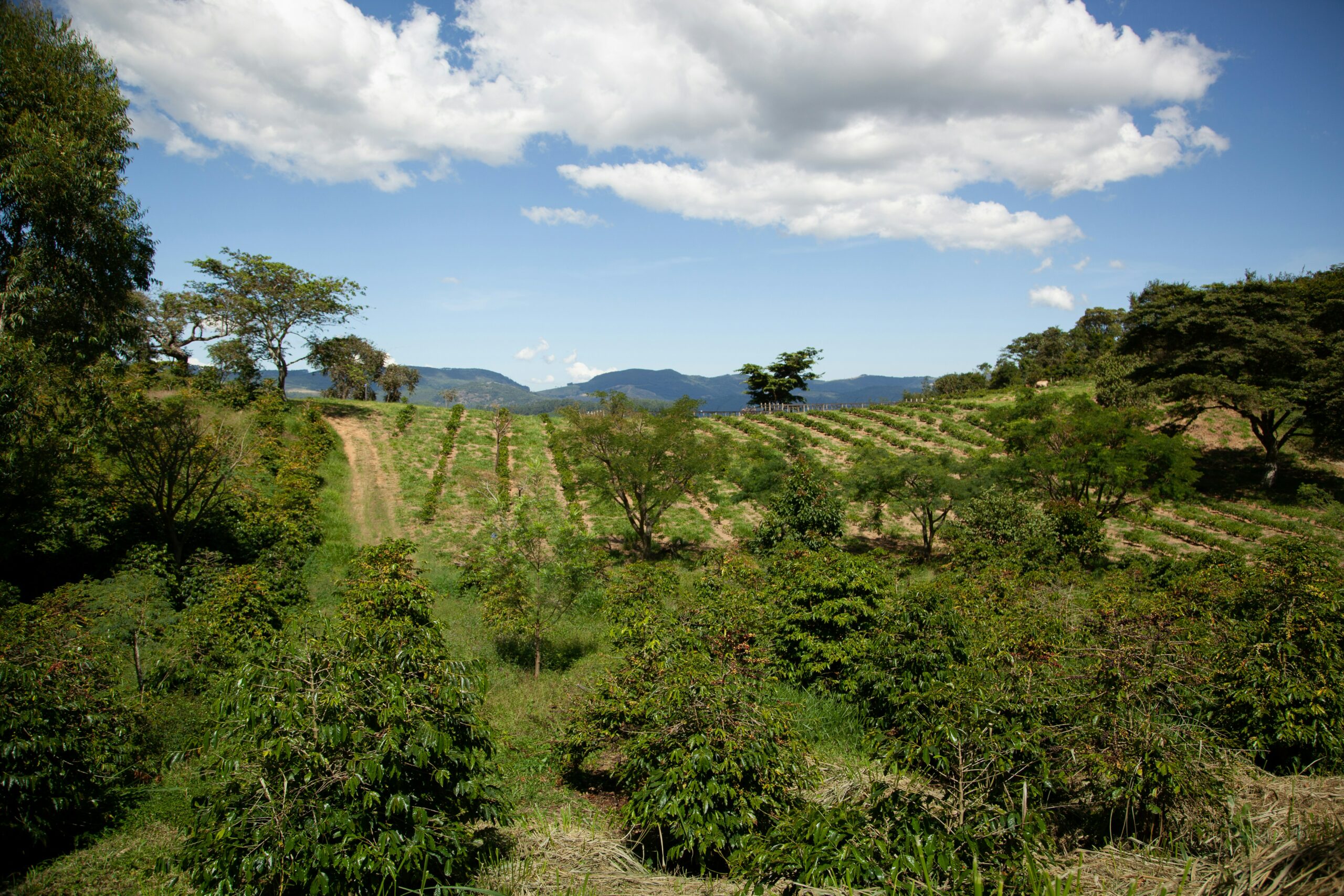
Why do we need regenerative agriculture?
Modern agriculture – or specifically, mechanised, industrial agriculture – has caused a number of environmental problems, namely: loss of biodiversity, degradation of soil, water scarcity, flooding, high green house gas emissions, and pollution of water ways. The simplest answer as to why, is that the methods used are now far removed from natural processes, and ecological balance.
Heavy digging and compaction of the soil from machinery, use of chemical fertiliser and pesticides, extensive field systems and monocultures, reliance on grain and soy feed for animals (as well as antibiotics) excessive irrigation and water use, focus on maximum yield; these all define modern mechanical farming, and are all part of the problem.
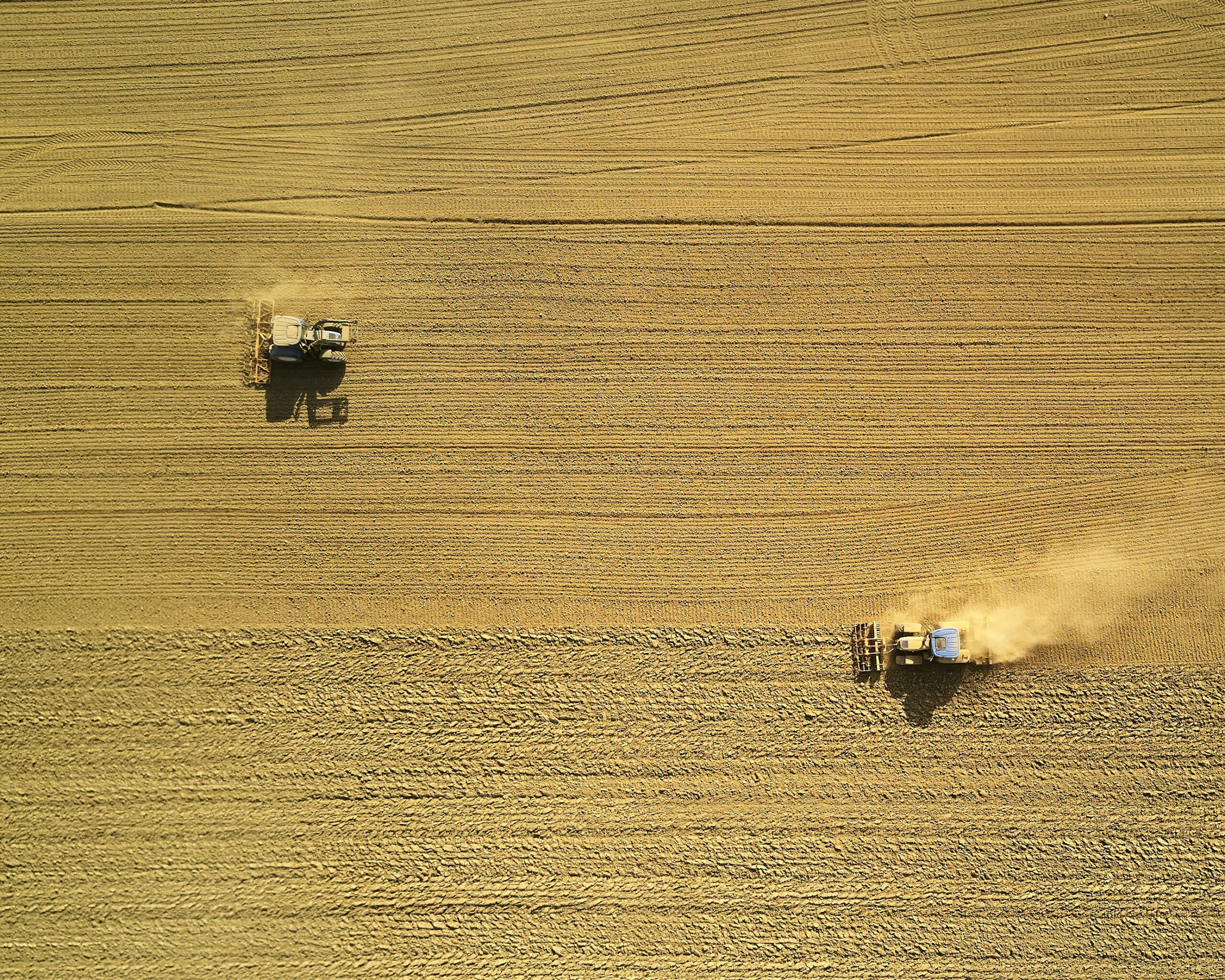
It is also right though, to acknowledge the remarkable feats that modern agriculture has achieved. During the second world war, and during the period of rationing and food scarcity following it, there was a push to maximise production and efficiency, making use of every corner of potentially productive land to grow food and build self reliance. This included embracing new machinery which could replicate the work of many people, as well as new chemical fertilisers, which helped maximise yield. And it worked, solving the problem that existed at the time.
However, once it started, it was hard to stop this trend for greater yields, less labour, more inputs, more land used up. Now, what once was a solution, to provide enough food for struggling populations, has now become a problem, as we have taken more and more form the environment, without giving back. We also now produce so much food, that obesity has become a huge problem in the west, and around a third of what we produce is wasted (while still millions go hungry).
So now we need a different solution, in response to the current problem we face – climate breakdown and ecological breakdown.

All about the soil
Soil is king in regenerative agriculture. If you remember nothing else, remember that. Protecting and restoring the quality of the soil is the goal.
Our understanding of the soil and its complexity advances every year. The more we learn, the more we realise how vitaly important it is that it remains healthy and diverse, keeping in tact the extraordinary web of plant, fungi, microbe and invertebrate interactions. Soil is a living, breathing ecosystem. Soil is life – not least as it is the basis of almost all of our food production. Regenerative farming is all about keeping that soil in good shape: aerated, permeable, high in organic matter and nutrients, and biodiverse.
Soil in good health has numerous benefits for us and the wider environment. Plants tend to be healthier and more resilient, and crops more nutritious. The land is able to retain more water, helping to reduce the likelihood of drought, flooding or erosion. Additionally, regenerating soils have higher levels of organic content, so can potentially turn from carbon sources to carbon sinks, helping removing green house gasses from the atmosphere. If applied at scale, especially in degraded lands, regenerative farming could be a significant tool in our fight against climate change.
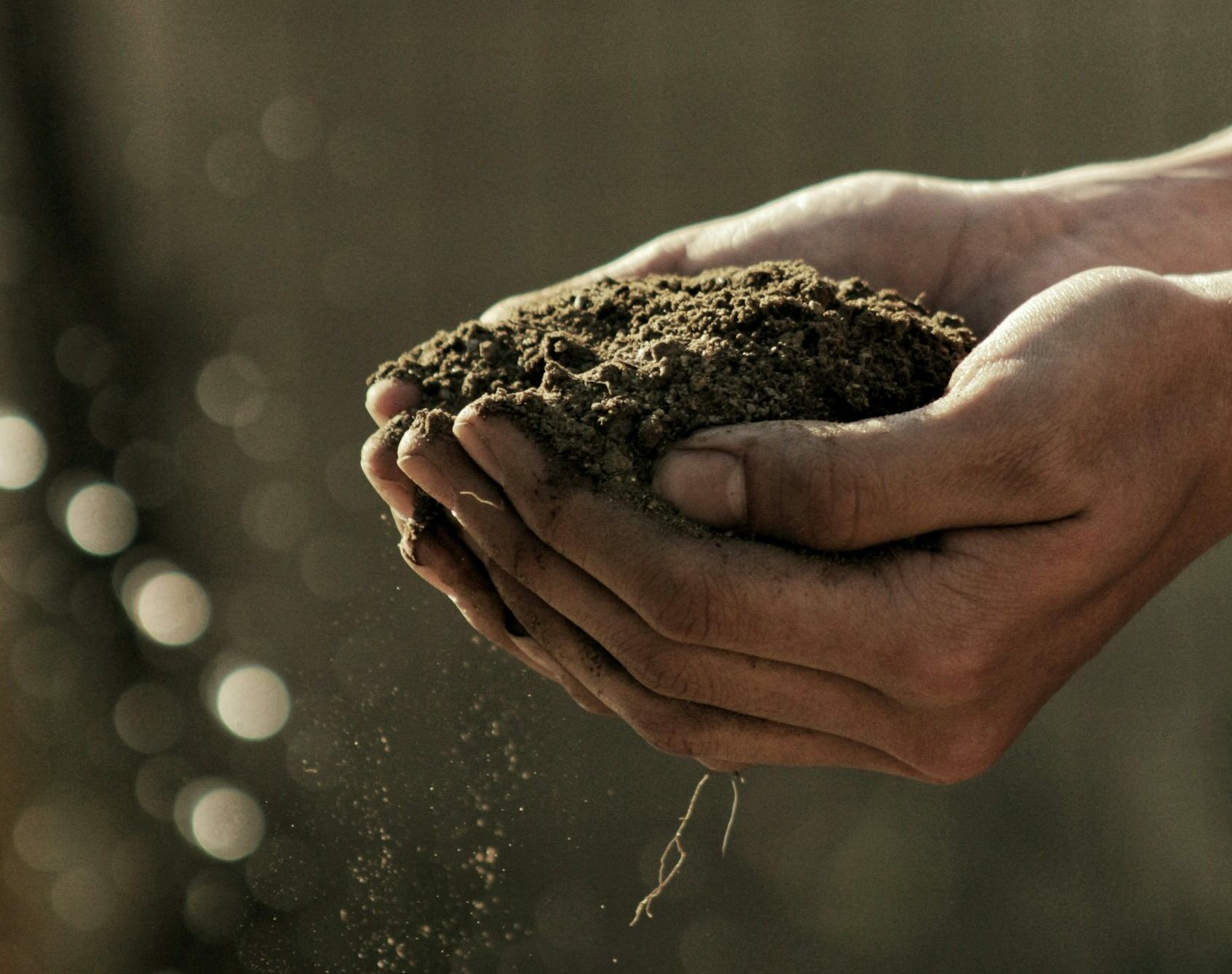
Components of Regenerative Agriculture
There are a few activities or principles that are associated with regenerative farming and help maintain that good soil health.
Cover cropping
Cover crops are planted between harvests of your main crop, eg clover or legumes. This is to make sure the soil is never bare, making it less vulnerable to erosion, and increasingthe fertility and carbon content of the soil.
No tillage / reduced tillage
No tillage is all about reducing the disturbance of the soil. Every time the soil is disturbed, from ploughing or machine digging for example, you not only risk damaging the complex web of interactions in the soil, but also release carbon dioxide into the atmosphere. Techniques such as direct drilling, or sod seeding are used to plant new crops instead.
Riparian buffers
Areas of dense vegetation between waterways and fields of pasture or crops helps reduce pollution running into lakes, streams and rivers, or runoff of soil in to waterway’s.
Compost application / green manure
Composting is not only a way of reducing food waste, but it also helps recycle nutrients and increase fertility in the soil. Green manures are crops that are grown to increase fertility in the land. This often includes legumes, rye grass, mustard, sunflowers of buckwheat. It reduces the need for both animal based or chemical based fertiliser.
Perennial grasses
Perennial grasses are those that will naturally live for at least three years or more, rather than just one growing season (annual plants). Part of the plant dies back each year, but then regrows the next growing season. Perennial grasses tend to have longer root systems, building soil health and biodiversity, increasing nutrient availability and soil carbon.
Mixed species swards
The sward refers to ground covered in a dense, close-growing stand of grass, legumes, and other species. Regenerative farmers will try and ensure there is a diversity of plants present in their sward, as it not only provides multiple sources of protein, energy and minerals for grazing animals, but also mproves the soil structure and fertility, increased drought tolerance, often providing feed throughout the summer, and in some cases allowing animals to self medicate, so reducing parasitic load.
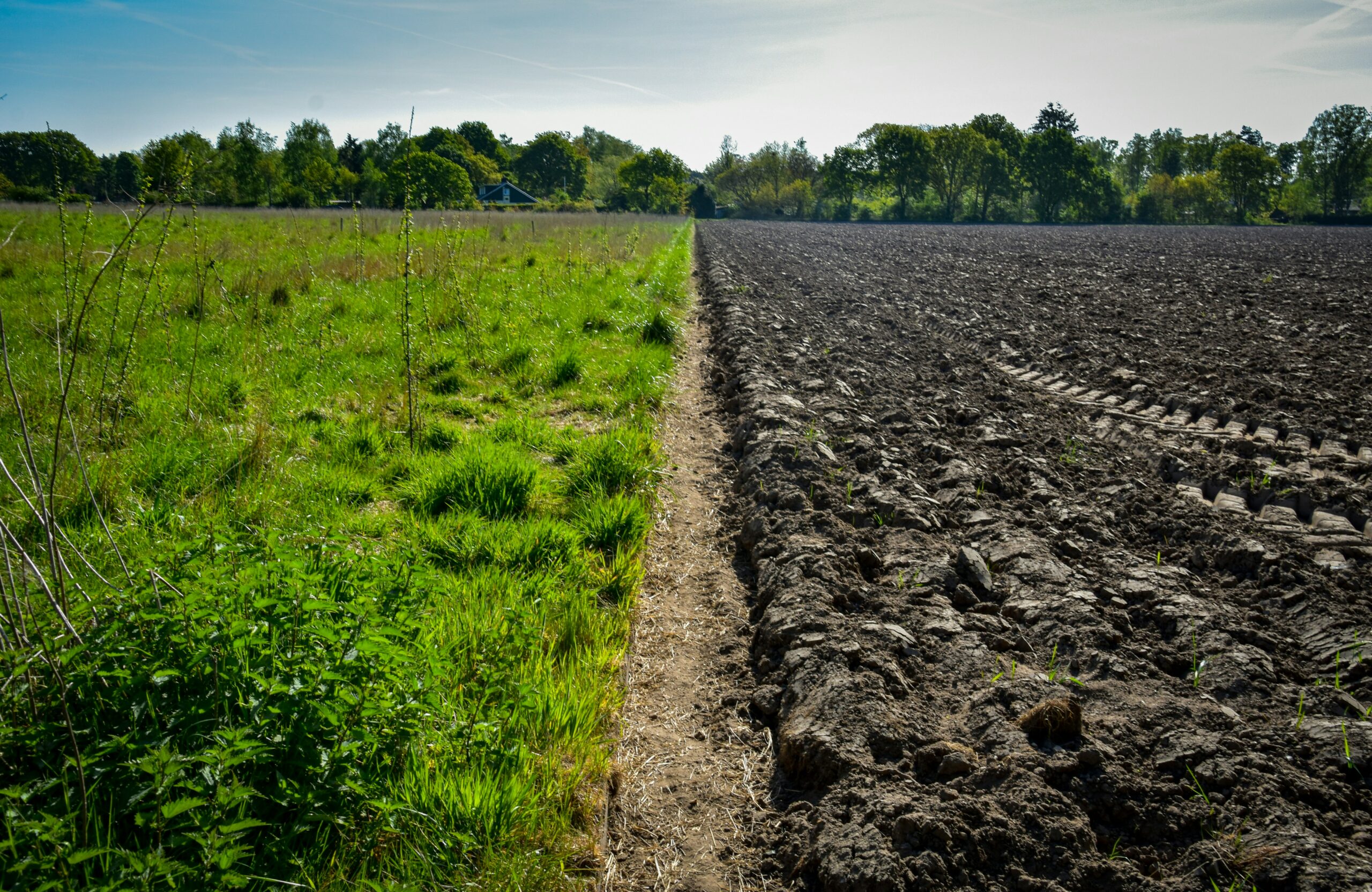
Arguments against regenerative agriculture
Those that dismiss regenerative farming tend to do so on the grounds that it’s a lovely idea and bucolic ideal but requires a lot of land and labour and we simply can’t feed the world with it, certainly not with populations expected to reach over 9 billion by 2050. Instead, the agricultural industry has long argued that modern, mechanised farming remains our only viable option.
Some are even advocating for an end to all farming, instead suggesting that vat-based microbe synthesised protein is the only means we have of meeting the calorific and nutritional demands of our burgeoning populations, while also not trashing the natural world.
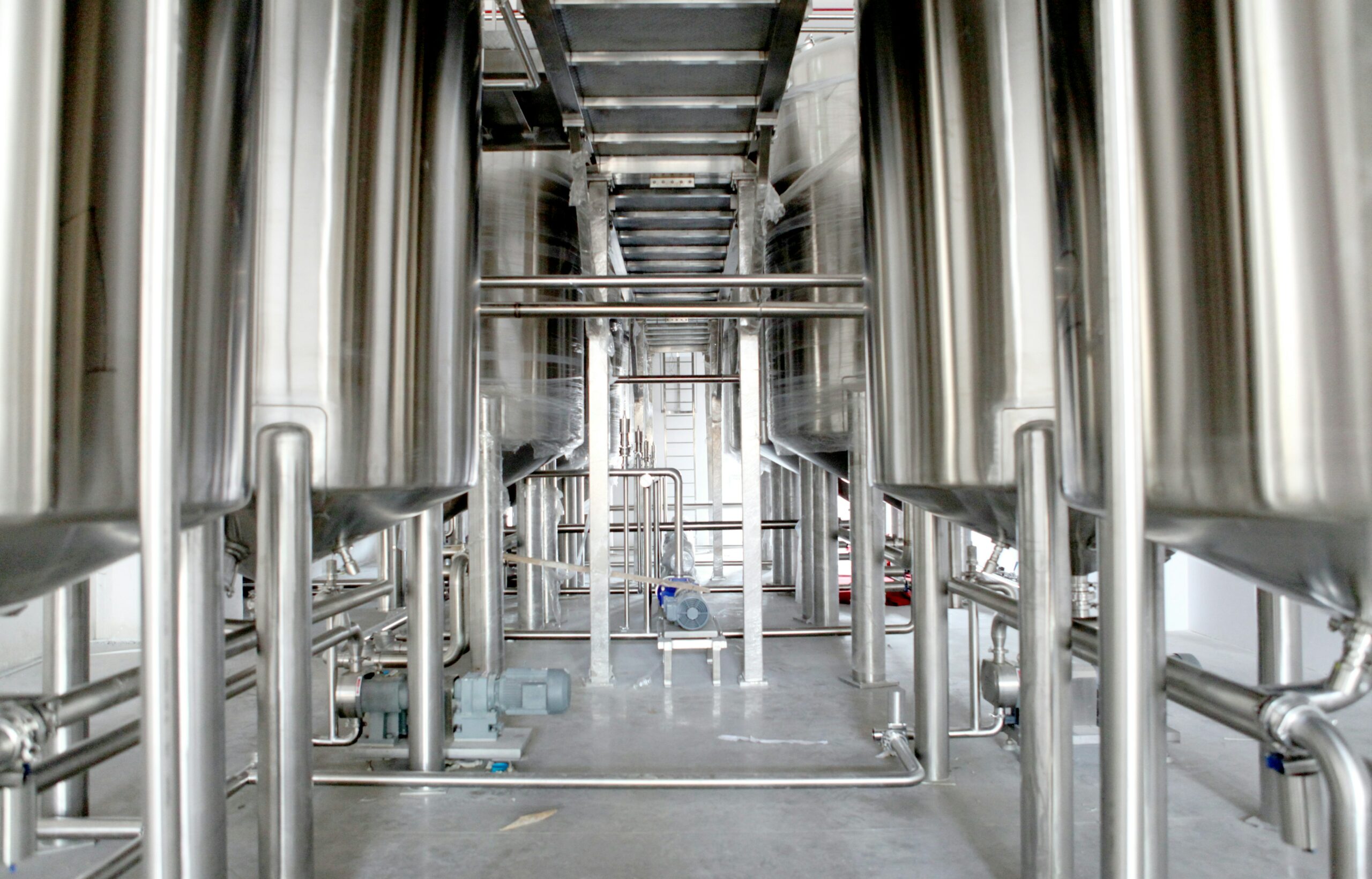
Land sparring v land sharing
Much of these arguments can be summarised as “land sharing” v “land sparing” philosophies. Regen and land sharing advocates suggest that land can be both productive, biodiverse and provide other valuable ecosystem services (carbon sequestration, flood defence, clean air and water); while land sparers suggest it is better to maximise yields and production on smaller areas (using mechanised and chemical farming) so that we can spare more land for wilderness and natural habitat.
Both camps provide data to support their cases and undermine the other. The public spat between regenerative farming champion, Chris Smadje, and environmentalist and journalist George Monbiot, provides a testy, but informative account of both side’s case. Although both agree that industrial farming, at its current scale, can’t continue. It has been estimated that at current rates and farming practices, we would only have 60 harvests left before our soil no longer supported growing. So either way, something needs to change.
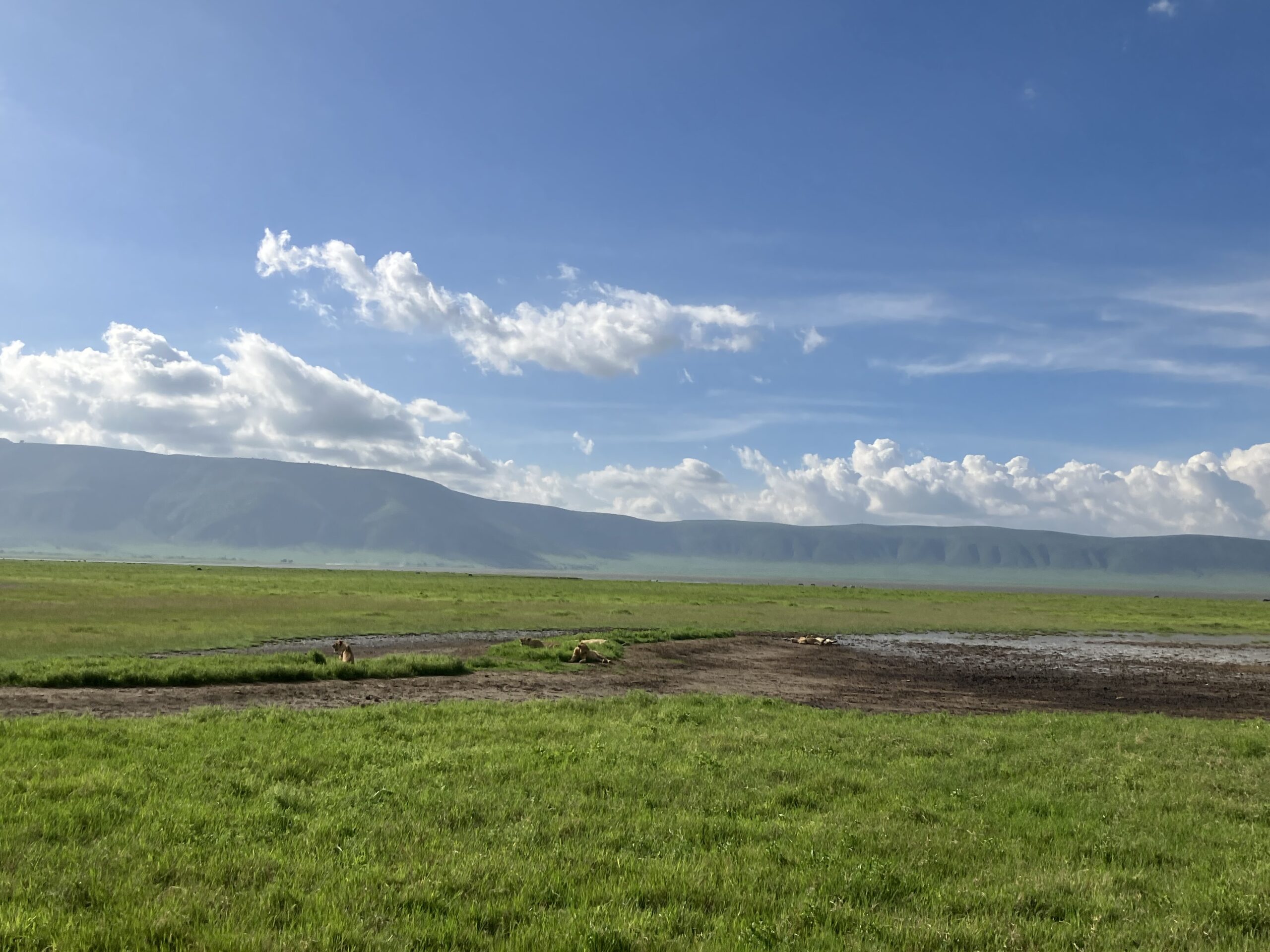
A few types of regenerative agriculture
There are numerous types of regenerative agriculture, here are a few interesting examples.
Mob Grazing
Also known as managed grazing or rotational grazing. This is where grass eating animals (normally sheep or cows) are kept at high density in small fenced off segments of a larger field for a short period of time, then regularly moved on to fresh, ungrazed, segments. By continually moving the animals on, letting them graze heavily but never fully decimate an area, then rotating over time between segments, it mirrors natural herding and migratory behaviours. Supporters claim that the practice can increase soil health, biodiversity, carbon quantity and fertility in previously degraded pieces of land. The fantastic Grazed and Confused report, by The University of Oxford’s Food climate Research Network, is an excellent synthesis of supporting research.
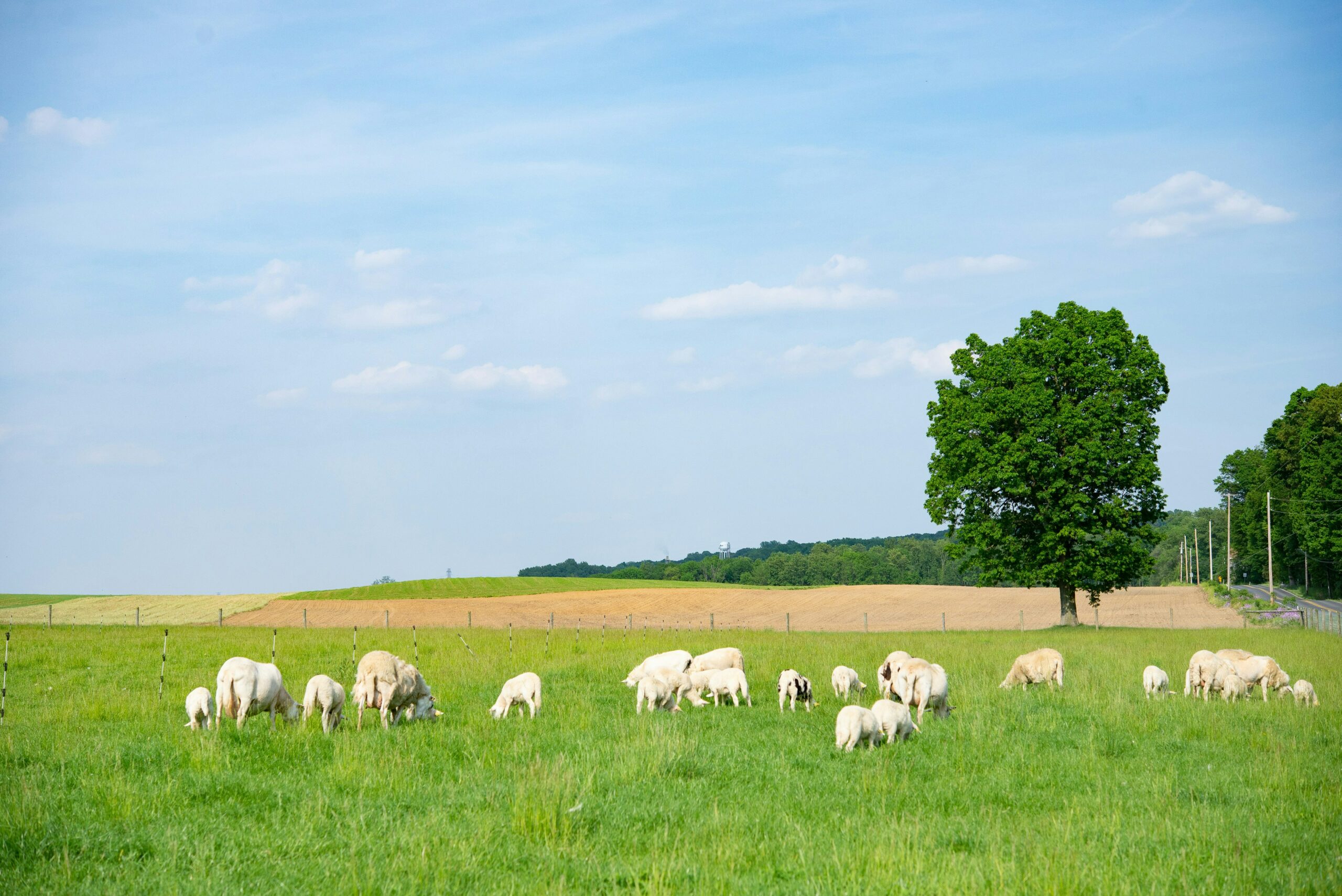
Agroforestry
Agroforestry is the practice of incorporating trees into agricultural land. There are various different ways this is done, sometimes as a food crop (eg fruit or nut trees) or non-food cash crop (eg timber, willow, cork, rubber, christmas trees), sometimes as forage or fodder for animals, or as part of hedge systems, wind-breaks or shelter for both humans and animals. Not only are trees a carbon sink, but they can also support crop growth, and improve soil quality. There are lots of different types of agroforestry:
- Silvopasture – grazing animals amongst trees
- Silvoarable – incorporating trees into arable crop fields.
- Muti-strata agroforestry – Layers of crops grow in the shade of taller trees, mimicking natural forests.
- Edible forests – a productive, low-maintenance managed area, incorporating trees, bushes and perennial plants. (check out Kai’s website)
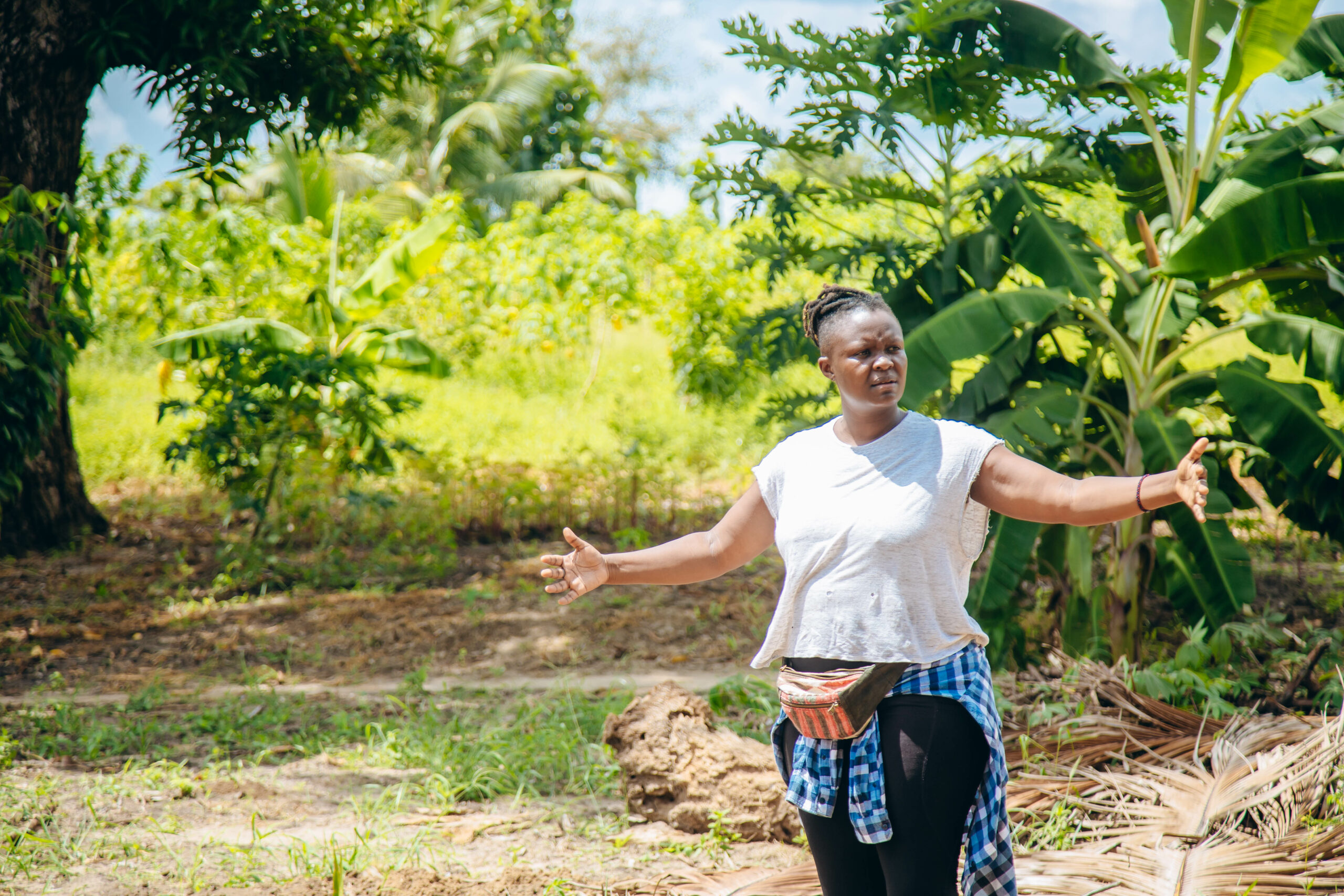
Ocean farming
Ok, so this official regenerative aquaculture, rather than agriculture, but it’s such an exciting venture, and opens up regenerative possibilities in both marine and freshwater ecosystems. Aquaculture is the farming of plant and animal species in water environments and like farming on land, has been practiced in some places for thousands of years. In recent years however, it has exploded – producing half the seafood consumed globally- partly because of the dramatic decrease in wild fish stocks. Sadly, intense aquaculture comes with its own environmental problems. Which is why it is crucial we look for the most environmentally possible practices possible.
Seaweed ‘farming’ is one of the most exciting options. It doesn’t need fertilisers, pesticides, freshwater, or extensive land, enhances carbon sequestration and also creates habitat for multiple other marine species. Even better, it can be used for biofuel, bioplastic, livestock feed, and human consumption. Even though we need to better our understanding, it seems like the closest thing you’ll find to a perfect solution!
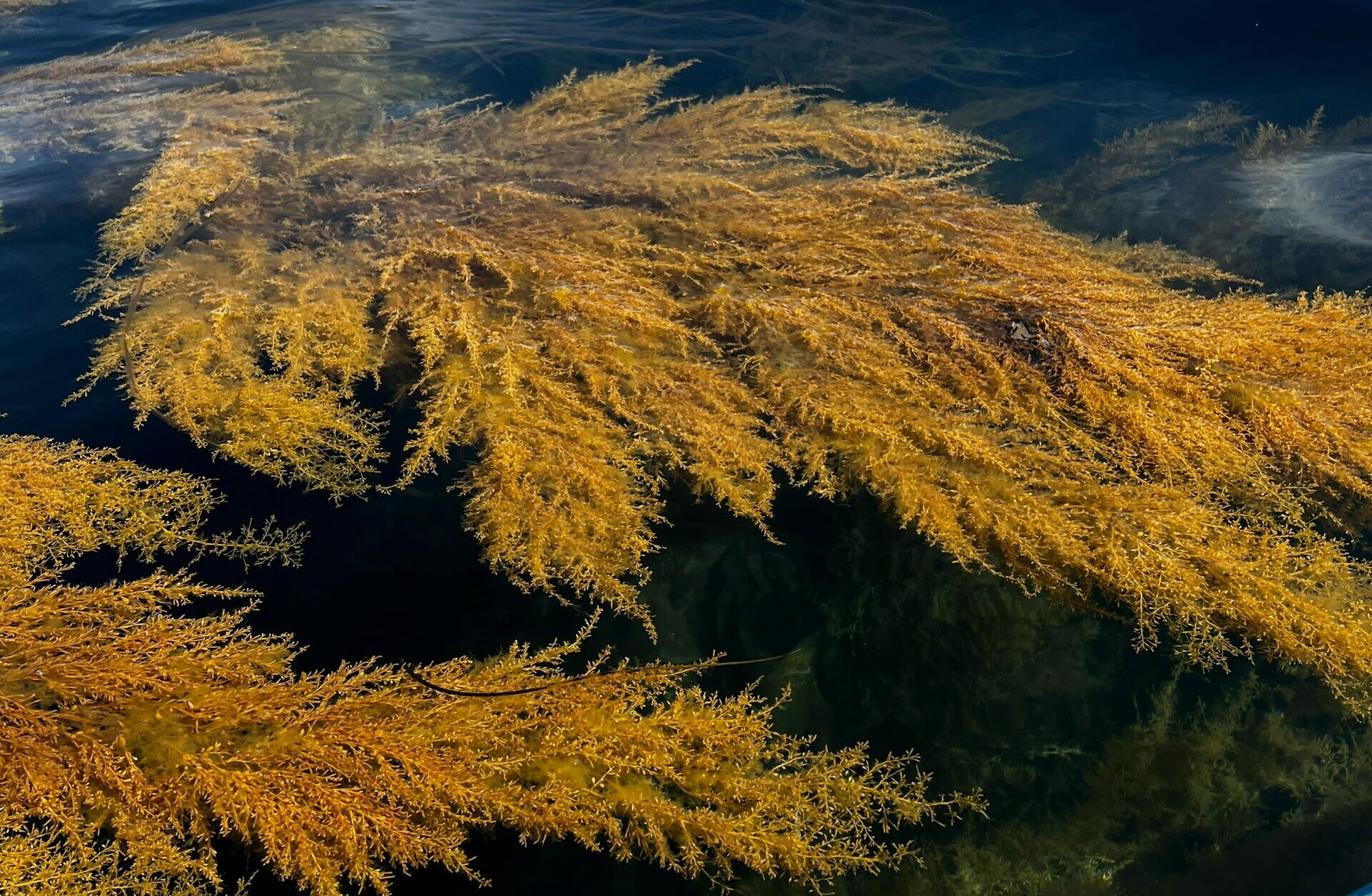
Want to find out more
If this has sparked an interest in regenerative farming and you want to learn more. I would recommend visiting the Oxford Real Farming Conference and Groundswell YouTube channels. Both are wonderful festivals held in the UK, full of amazing talks and discussions on the subject. You can watch a whole host of past events online, or even sign up to attend teh festivals themselves.

More from ReWild Yourself Champion Kai Njeri…

Join Our Community...
Sign up for stories, tips and inspiration from around the globe.





